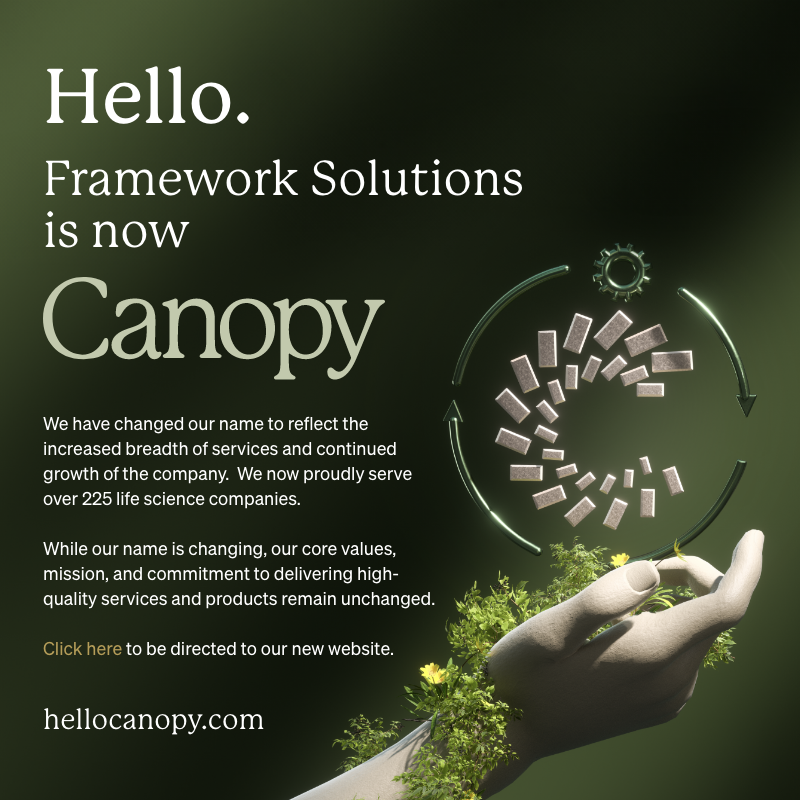FAQs
While ideal timelines vary from one company to the next, the earlier you can implement an MLR review process at your organization the better. Over the last 3-5 years, the trend has been towards the implementation of an MLR review process up to 24 months in advance of an anticipated PDUFA. The early adoption of an MLR review process allows you more time to train your team in a low volume environment, often consisting of disease state awareness and other educational material campaigns, before the large volume periods leading up to, at, and directly after a commercial launch.
Digital Asset Librarians (DALs) have been a hot topic over the last 2 years. With an industry-wide push to digital content hastened by the covid-19 pandemic, coupled with new tools in the marketplace to help facilitate Digital Asset Management, it’s not hard to see why. A DAL can help your organization by developing, implementing, and overseeing processes designed to increase efficiency and compliance around reference management, claims management, copyright licensing, content re-use, and content expiration. If these things would be valuable for your company, then you should investigate deploying a Digital Asset Librarian.
Providing refresher trainings once a year is the minimum you should be offering refresher trainings to your teams, depending on how dynamic the technology and process is, quarterly refresher trainings may make sense as well. This allows the team to stay up to date on any aspects of the process that may have been impacted by technology innovations, policy updates, or OPDP guidance. Even if none of these changes have occurred recently, a refresher training is a great way to ensure your team understands their role, and how they fit in to the greater MLR review process.
Modular content is a strategy where major brand messaging is boiled down into small snippets of approved content that can be aggregated to create larger pieces. The idea is that if content being used in a piece is already approved, then it should not need to go through as many rounds of review, allowing your marketing teams to be more agile with their content creation.
A core claims document typically consists of major brand claims, their accompanying references, as well as the context within which and approved claim can be used. If executed effectively, this will allow a marketing team to efficiently create content without having to justify the claims they are making within a given piece to the MLR review team, which can result in a more efficient process and faster speed-to-market for new content.
An editor can impact the MLR review process at multiple phases to increase efficiency. By conducting an initial grammar, citation, and brand-style check, the Medical, Legal, and Regulatory reviewers can focus on their areas of expertise and be complete their reviews more efficiently. While that same editorial lens can be applied on re-reviews, editors should also be checking to ensure that no unprescribed updates were made in addition to those requested by the MLR review team. This allows the review team to spot check for updates that were requested in the previous version without having to go line by line through the piece again, reducing the burden on your MLR reviewers’ capacity. The editor can also be involved in the final approval and approved with changes QCs as well. Your organization can also deploy editors in the print proofing stage as well as the 2253 preparation window to ensure that the pdf in the eCTD package is the same version that is approved in your content management platform.
You should revisit your SOP at least every two years. While the technology and best practices in this area of the industry are continuously evolving, that doesn’t mean your process is necessarily outdated. Participating in a benchmarking and gap-analysis exercise will show you if there are areas to improve your process, and then you can make your process and/or platform updates based on the data you collect.
While an SOP sits at the top of your document hierarchy, there are several other document types that can be less formal and more practically applicable in the day-to-day execution of your MLR process. These include working guides, document matrices, and instruction manuals.
Transformation through Collaboration



